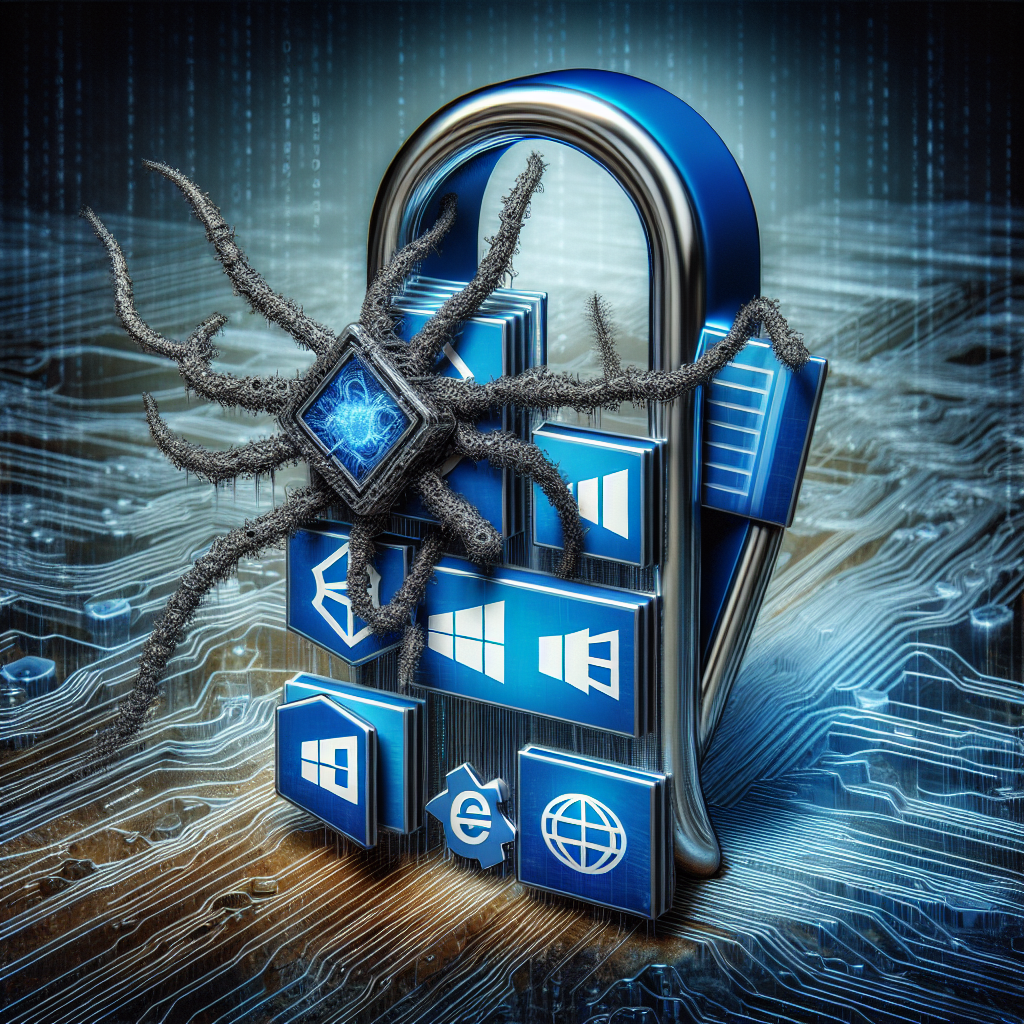Crypto Malware Found in Microsoft Office Add-in Bundles
In an alarming revelation, researchers have discovered that Microsoft Office extension packages are being exploited to conceal malware that targets cryptocurrency wallets. This findings not only raise red flags about the security of widely-used productivity software but also underscore the evolving tactics employed by cybercriminals in the digital landscape.
The Rise of Cryptocurrency-related Malware
As the popularity of cryptocurrencies continues to surge, so too does the sophistication of related cyber threats. Cybercriminals are shifting their focus to circumvent traditional security measures. By embedding malware within seemingly innocuous Microsoft Office add-ins, they can exploit users’ trust in legitimate applications. This points to a worrisome trend in which even well-known software packages are being weaponized against end-users.
- Malware Concealment: Developers of malicious software are increasingly designing their strategies to hide malware within trusted environments. During the installation of these add-ins, users unwittingly compromise their systems.
- Targeting Crypto Wallets: The primary objective behind this series of attacks is to steal information related to cryptocurrency wallets, including private keys and access credentials.
- Evading Detection: Utilizing reputable platforms like Microsoft Office adds a layer of credibility to these malware deployments, making them hard to detect for both users and security software.
How the Attack Unfolds
The security researchers that uncovered this scheme outlined specific methods utilized in the attack. First, the malicious add-ins are disguised as useful tools or productivity enhancements designed for Microsoft Office applications. When users download and install these add-ins, they observe no apparent issues, but behind the scenes, several nefarious activities begin to unfold.
- Address Replacement: The malware has the capacity to replace clipboard data, which often contains cryptocurrency wallet addresses. For instance, if a user copies their wallet address, the malware could substitute it with an address controlled by the attacker upon the user pasting it elsewhere.
- Data Exfiltration: In addition to replacing cryptocurrency addresses, the malware can extract sensitive information such as passwords and other personal data stored within the Office environment.
- Self-Installation: Some instances of the malware can reinfect the host system even after initial removal attempts. This persistence makes it exceedingly difficult for users to reclaim their systems.
Protecting Yourself Against Such Threats
The rise of malware embedded within Microsoft Office add-ins signifies the need for increased awareness and proactive measures against cybersecurity threats. Here are essential strategies you should consider to safeguard yourself:
- Vetting Add-ins: Always review and research any add-ins before installation. Look for user reviews and verify the publisher’s legitimacy.
- Regular Updates: Keep your Microsoft Office software and other applications up to date to ensure you are protected against known vulnerabilities.
- Employ Antivirus Solutions: A reputable antivirus tool with robust malware detection capabilities can provide an additional layer of security for your system.
- Utilize Multi-Factor Authentication: For cryptocurrency wallets and any sensitive accounts, enable multi-factor authentication (MFA) to provide an extra layer of protection against unauthorized access.
- Be Cautious with Clipboard Usage: When copying and pasting cryptocurrency addresses, double-check that the address has not changed to avoid inadvertently sending funds to malicious entities.
The Implications for the Future
The discovery of this malware tactic serves as a sobering reminder of the vulnerability of even the most trusted software platforms. As technology progresses, so too must the strategies employed to combat cyber threats. It’s clear that access to cryptocurrency and online wallets has attracted the attention of sophisticated criminals, highlighting an ever-present need for vigilance and adaptability in cybersecurity measures.
Moreover, the relationship between cybersecurity and the cryptocurrency economy is becoming increasingly intricate. With greater awareness of the potential for malware attacks, businesses and individual users alike may be prompted to adopt rigorous security protocols, enhancing the overall security posture of digital asset management.
Conclusion: Staying One Step Ahead of Cybercrime
The emergence of malware disguised within Microsoft Office extensions brings with it a chilling realization in the realm of cybersecurity. Users must remain proactive in safeguarding their personal information, particularly as threats evolve and the motivations behind cyber attacks become more lucrative.
As these scenarios unfold, the cryptocurrency community will benefit from greater education regarding the risks associated with online transactions and security measures necessary for protection. By staying informed and employing stringent security practices, users can navigate the dynamic interplay between productivity software and cybersecurity, ensuring that their digital experiences remain safe and secure.
It’s imperative for everyone—be it corporations, entrepreneurs, or everyday users—to educate themselves and adopt a security-first mindset in this evolving digital landscape. As we move forward, embracing technology with an awareness of potential threats will be crucial in protecting our financial and personal assets from the growing tide of cybercrime.




